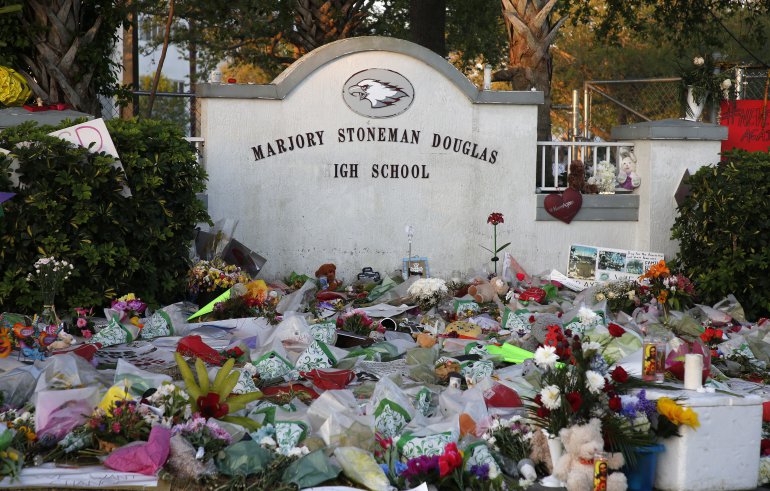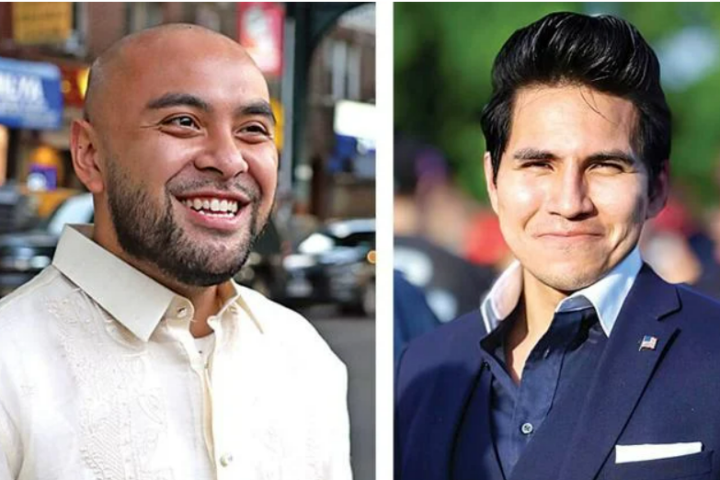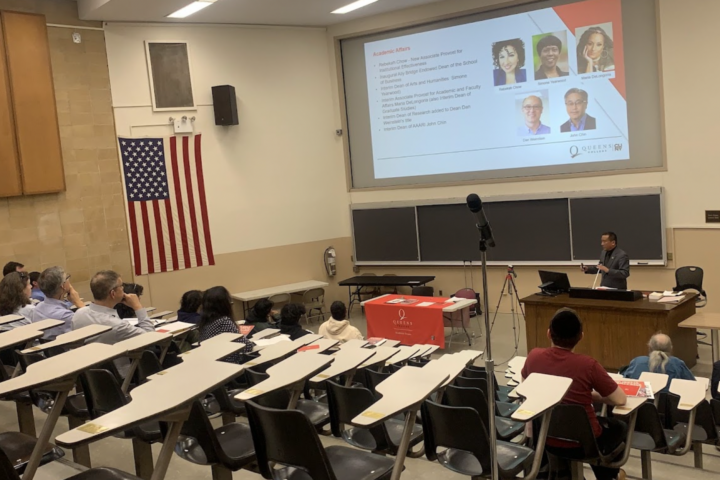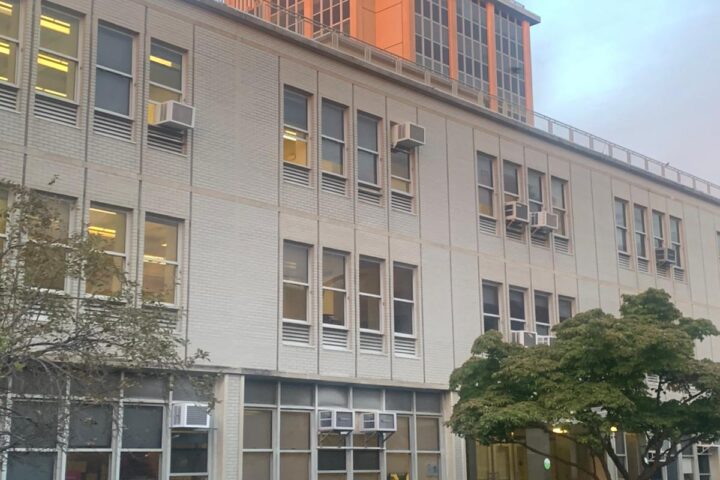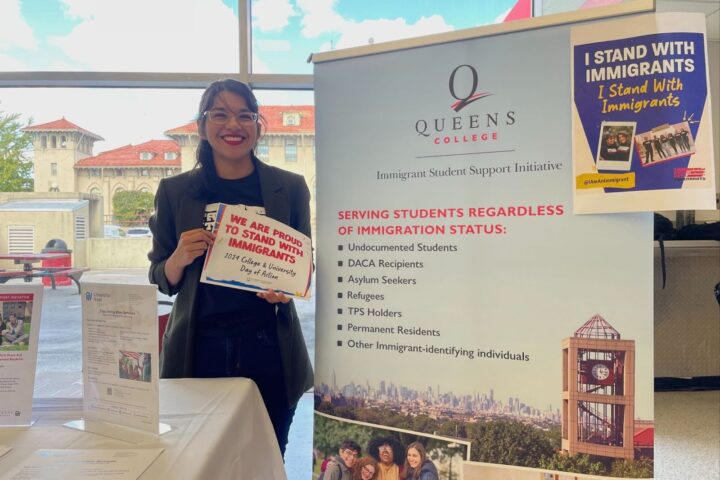Fact: Since 1927, published reports show that 289 students were shot and killed in school shootings. Of the 110 students who died, 38 percent of the deaths occurred at universities.
Fact: FBI data from 2010 puts New York State as third — behind California and Texas — in number of murders.
Fact: On Aug. 27, as the Queens College fall semester began, a high school student was shot by a classmate in Maryland as he ate his lunch in the cafeteria. A week and a half later, a 14-year-old fired several shots into the ceiling of his Normal, Ill. classroom.
“No college community can be totally risk-free,” a document released by the QC public safety office said.
Logs kept on crime statistics show that the campus has been violence-free for years. Nevertheless, Pedro Pineiro, head of public safety, said that a violent crime could occur at any moment; however, the likelihood of the perpetrator being a QC student is low, he said.
Campus security, which employs 20 peace officers who have the power to arrest and a further 55 contracted security guards from Summit Security, have no specific action plan in the event of violent crime.
If there were a shooter, Pineiro said, “We would activate our emergency management plan and that plan, it can be tailored to any event; the event will drive the specifics.”
Part of the plan involves calling in the NYPD. They, unlike campus security, have weapons.
As a preventative measure to any potential violent crimes, guards trained to “discriminate for who belongs and who doesn’t” based on a student’s style of behavior, patrol campus often, Pineiro said. Individuals who seem out of place and do not have ID, can be removed from campus and arrested for trespassing if they do not provide legitimate reasons to the security official who stops him or her.
One student, who requested to remain anonymous in light of his involvement with school organizations, said that the current security measures are inadequate; he would much prefer it if the campus were staffed by members of the NYPD.
“The policies currently in place, seemingly, are designed to protect the college from liability, rather than the students,” he said.






